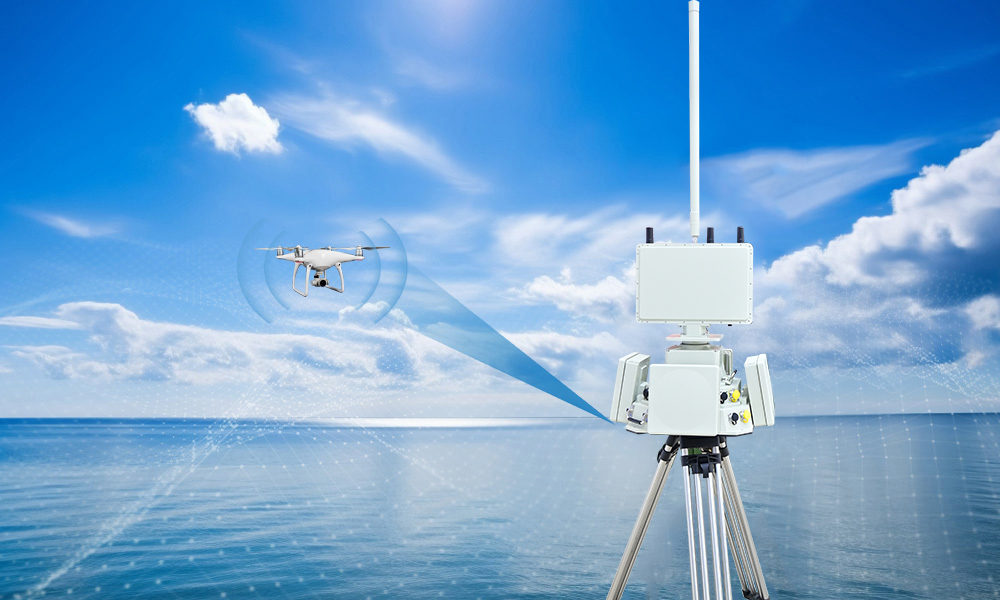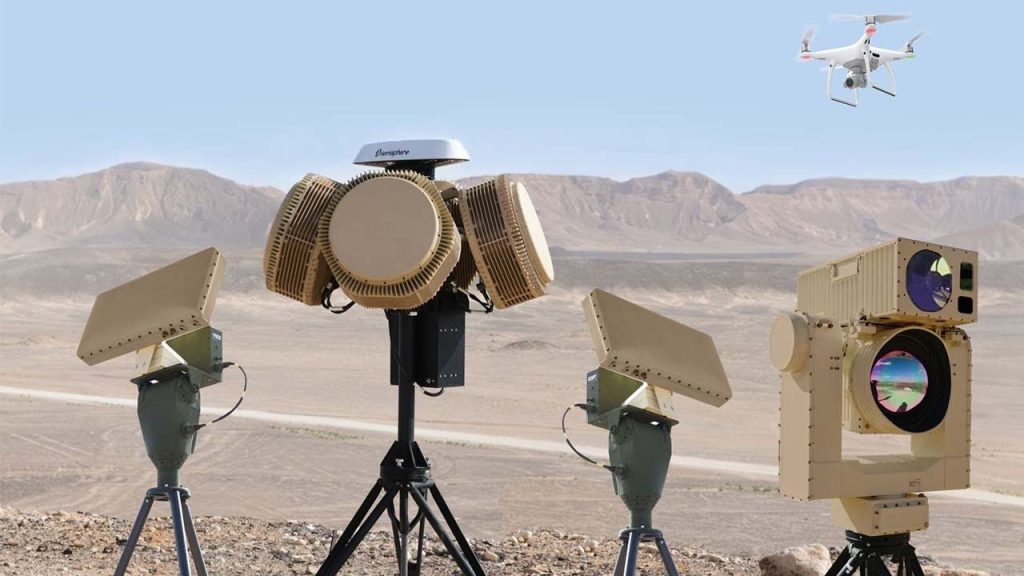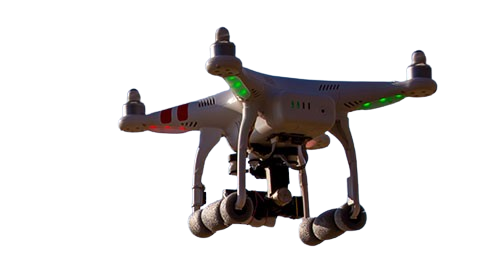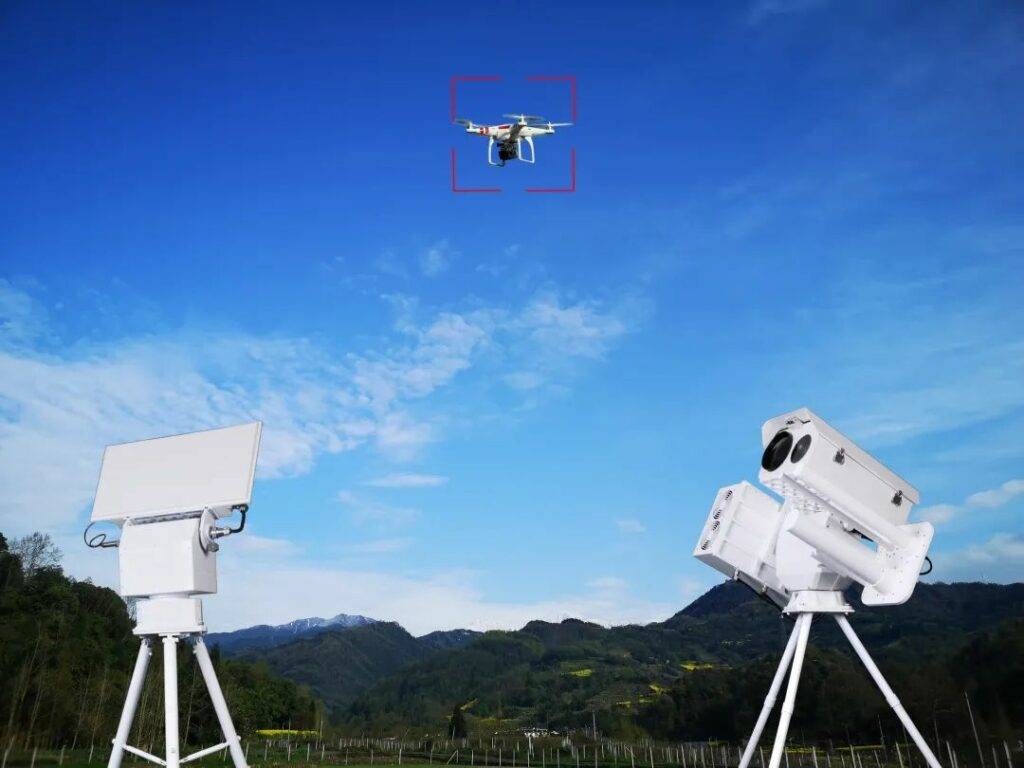Drone Jammer System in india: Components, Technologies, and Architecture
With the increasing proliferation of commercial drones across industries and civilian life, the threat posed by unauthorized or hostile drones has grown significantly. From airport shutdowns and prison smuggling attempts to surveillance breaches and potential terrorist attacks, drones have emerged as a significant security concern. Enter the drone jammer system—a powerful countermeasure in the modern arsenal of electronic warfare and public safety infrastructure.
In this blog, we’ll take a deep dive into the inner workings of a drone jammer system, exploring its core components, operational technologies, and the architectural frameworks that define its efficiency. Whether you’re a technology enthusiast, security professional, or system integrator, this guide will help you understand what truly powers these systems.

Introduction to Drone Jamming
Drones, or unmanned aerial vehicles (UAVs), are no longer limited to recreational use. Their ability to fly into restricted areas and carry payloads has made them valuable tools—and serious threats. In response, drone jamming systems have emerged as critical defense technologies designed to neutralize unauthorized drone activity by interfering with their communication and navigation signals.
Drone jammers are not simply “signal blockers.” They are sophisticated systems that require deep integration of hardware, software, signal intelligence, and real-time processing.
The Threat Landscape of Rogue Drones
Drones can pose threats in numerous ways:
- Surveillance: Capturing unauthorized video in sensitive areas.
- Payload delivery: Transporting contraband or explosives.
- Interference: Disrupting public events, airport operations, or military installations.
- Cyber risks: Some drones carry hacking tools to exploit Wi-Fi or Bluetooth devices.
As threats evolve, drone detection and neutralization systems must stay ahead. This is where advanced CUAS (Counter-Unmanned Aircraft Systems)—including drone jammers—come into play.
What Is a Drone Jammer System?
A drone jammer system is an electronic device that disables or disrupts the communication link between a drone and its operator or navigation system. It typically targets:
- RC Command Link (2.4 GHz or 5.8 GHz)
- Video Downlink
- GPS/GNSS Navigation (L1/L2 frequencies)
By jamming these frequencies, the system either forces the drone to land, return to home (RTH), or crash, depending on its programming.

Core Components of a Drone Jammer
Let’s break down the critical hardware and software elements inside a drone jammer system:
RF Detection System
Before jamming, the system must detect a drone. The RF detection unit scans surrounding frequencies for drone-related signals:
- Spectral Analysis: Identifies drone-specific signal patterns.
- Direction Finding (DF): Locates the direction of the UAV and its controller.
- RF Fingerprinting: Recognizes signal characteristics to identify drone models.
Directional and Omni Antennas
Antennas are critical for both detection and jamming:
- Omnidirectional antennas scan a broad area.
- Directional antennas (Yagi or panel types) allow focused jamming toward specific threats, improving efficiency and reducing collateral disruption.
RF Jammer Module
The RF jamming module generates high-power noise or false signals on specific frequencies:
- Wideband or Narrowband: Depending on coverage requirements.
- Configurable Channels: For multiple drone types.
- Multi-band Output: Covers 433 MHz, 900 MHz, 1.2 GHz, 2.4 GHz, 5.8 GHz, etc.
Power Amplifiers
Power amplifiers boost the jamming signal strength to ensure effective range:
- Linear Class AB amplifiers are common.
- High-gain amplifiers ensure signal penetration over long distances.
- Heat sinks and active cooling are necessary to handle high power levels.
Signal Processing Unit
Modern jammers incorporate digital signal processing (DSP) to:
- Analyze drone protocol behavior.
- Select an optimal jamming strategy.
- Log signal metrics for threat reporting.
Control & Communication Interface
Operators need full control over jammer parameters:
- User Interface: Touchscreen or web-based.
- Remote Access: Via secure VPN or 4G/5G.
- Integration with Radar/Cameras: CUAS systems often connect multiple sensors.
Power Supply and Cooling
These systems demand reliable and uninterrupted power:
- AC, DC, and battery backups
- Cooling fans and thermal sensors to prevent overheating.
Key Technologies Used in Drone Jammers
Radio Frequency Jamming
This is the backbone of any drone jammer. It involves emitting high-powered RF signals that overpower the drone’s receiver, causing disconnection.
- Spot Jamming: Targets specific frequencies.
- Barrage Jamming: Covers wide bands.
- Sweep Jamming: Scans through frequency ranges dynamically.
GPS Spoofing
Instead of simply blocking GPS, spoofers send false location data, confusing the drone and sometimes redirecting it or causing it to land. Advanced systems can spoof:
- Multiple satellite constellations (GPS, GLONASS, BeiDou)
- Custom waypoints to divert drones safely
GNSS Disruption
General GNSS jamming disables a drone’s navigational capabilities, often forcing it into “fail-safe” behavior—landing or hovering.
Protocol Emulation
Some modern jammers go a step further and mimic control signals to:
- Seize control of the drone
- Force return-to-home (RTH)
- Trigger emergency landings
This technique requires detailed knowledge of drone protocols, often obtained through reverse engineering.
AI and Machine Learning
AI enhances jammer systems by:
- Predicting drone paths from previous behavior
- Identifying drone models via RF signature classification
- Adaptive jamming—real-time frequency adjustments for dynamic threats

Architectural Design of Drone Jammer Systems
Drone jammers are designed around specific architectural principles to balance performance, power efficiency, and regulatory compliance.
Fixed vs. Mobile Architectures
- Fixed Systems: Installed at borders, airports, or sensitive buildings. Integrated with radars and surveillance cameras.
- Mobile Systems: Mounted on vehicles for VIP protection or event security. Often ruggedized and battery-powered.
Layered Architecture Approach
A modern jammer system follows a layered architecture:
- Sensor Layer: RF detectors, radar, and visual trackers.
- Data Processing Layer: AI-based signal analysis.
- Control Layer: Operator UI, policy rules.
- Action Layer: Jamming, spoofing, or alert generation.
This modular approach ensures scalability and flexibility.
Frequency Management & Synchronization
To avoid disrupting friendly signals or communication systems, the architecture often includes:
- Dynamic power control
- Band prioritization
- Signal synchronization modules to coordinate multiple jammers
Deployment Scenarios & Use Cases
Drone jammer systems are increasingly used in:
- Military bases: Protection against ISR drones.
- Airports: Preventing runway intrusions.
- Government buildings: Security against espionage.
- Public events: Ensuring VIP protection.
- Prisons: Blocking delivery of contraband via drones.
Deployment varies from portable handheld units for quick response to multi-layered, AI-driven CUAS systems for large installations.

Legal and Ethical Considerations
Drone jamming can interfere with licensed communication bands, so strict regulation applies:
- In many countries, jamming is illegal for civilians.
- Only authorized agencies or the military can deploy jamming tech.
- There are risks of collateral damage to nearby communication systems or GNSS-based equipment.
Ethically, jamming also raises concerns about overreach, privacy, and potential harm to non-hostile drones.
Challenges in Building Effective Jammer Systems
Despite their utility, building effective drone jammers involves several challenges:
- Frequency agility of modern drones
- Autonomous flight modes that ignore lost signals
- Miniaturization of drones, making detection harder
- Power constraints in mobile environments
- False positives from other RF sources
To overcome this, system integrators are focusing on sensor fusion, real-time AI analysis, and multi-layer defense models.
Future Trends and Innovations
The next generation of drone jammer systems will likely feature
- Edge AI for faster threat classification
- Cloud-integrated CUAS platforms
- Laser and microwave-based neutralization
- Swarm defense capabilities
- Cyber-takeover tools to gain full control instead of disrupting
India and other defense-driven nations are investing heavily in indigenous CUAS development, boosting innovation in jammer technologies.
Conclusion
Drone jammer systems have become indispensable in safeguarding sensitive areas from drone-based threats. As UAV technologies become smarter and stealthier, jammer systems must evolve too, incorporating AI, flexible architecture, and multilayered defense mechanisms.
Understanding the core components, the technologies behind jamming, and the system architecture provides a foundation for evaluating or developing drone jammer systems in both defense and civilian sectors. From radar-guided RF jamming to AI-driven GPS spoofing, the future of drone countermeasures is not only about brute-force disruption but also about precision, strategy, and smart control.
Interested in deploying a CUAS solution or drone jammer system tailored to your facility or smart city project? Contact us to learn more about custom integrations and regulatory-compliant implementations.

